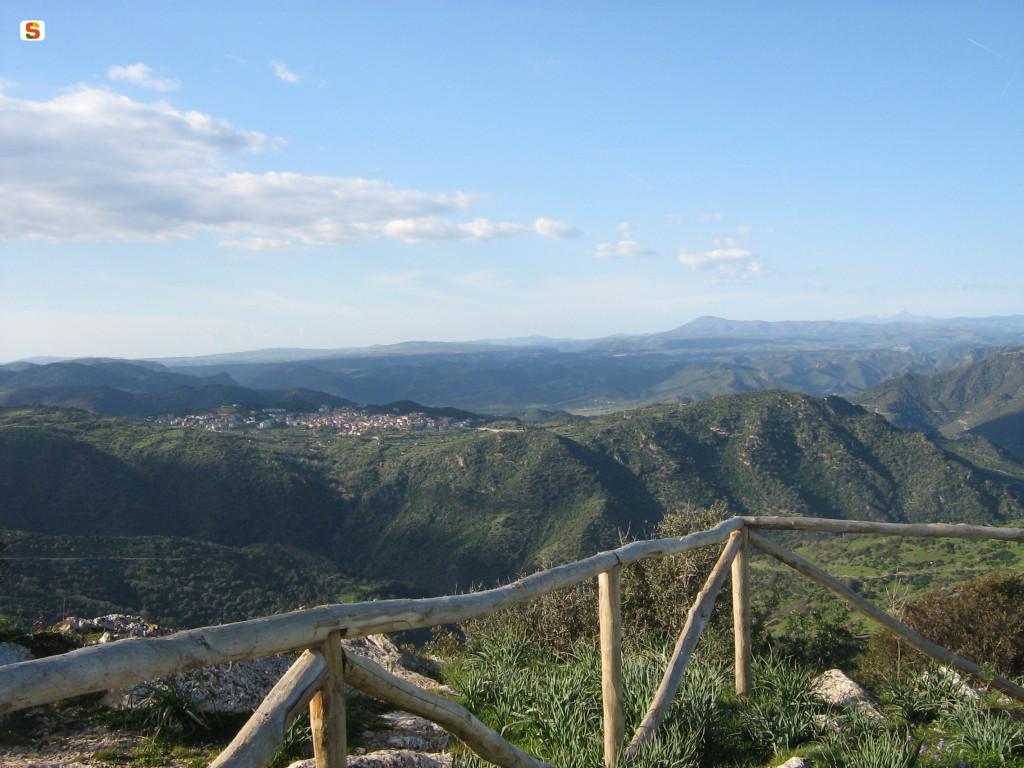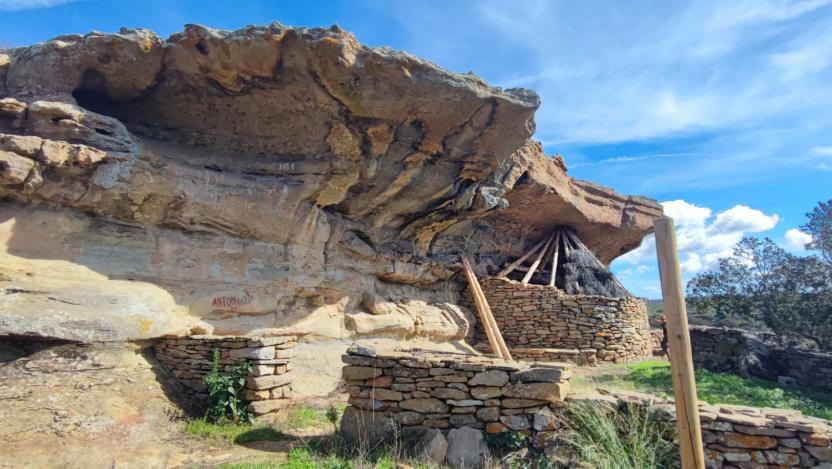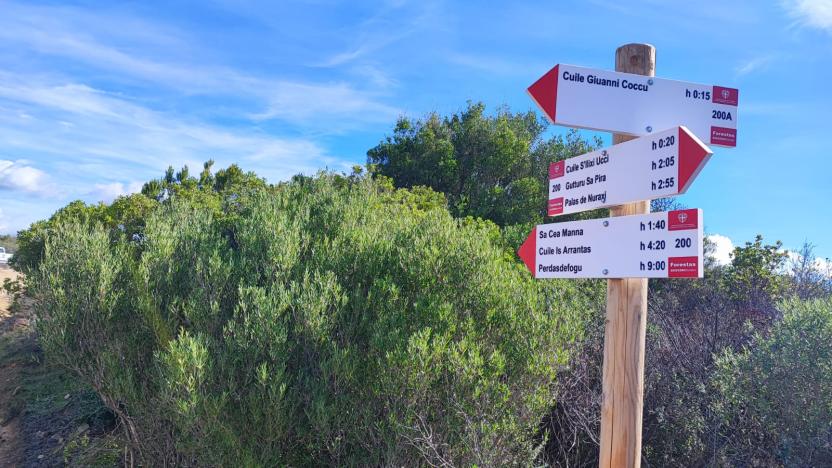The area of Gerrei, and in particular the plateau of Villasalto, has for centuries been an important crossroads between the areas downstream of the Flumendosa river and more inland mountainous regions, where the seasonal transhumance of livestock took place. Traditional rural routes can thus be identified by permanent signs such as dry stone walls, residual cobblestones, "cottis” for temporary shelter for livestock, springs and drinking troughs. Moreover, since ancient times, traditional farming and pastoral activities existed alongside mining and the development of urban settlements, permanently characterising the landscape. In fact, as you cross the flat areas of Su Pardu,
you can note square plots with boundaries marked by dry stone walls, clear evidence of past agricultural activity that is kept alive, in a marginal way, in some plots where livestock is kept.
The landscape of the Villasalto region therefore stands out for its uniqueness, with many distinctive features that deserve to be highlighted. The marked trails are characterised by short and medium distance but offer different themes and are distinguished by the presence of notable environmental, historical or landscape features.
The area is criss-crossed by numerous dirt tracks, including long-distance ones, which connect distant places and have yet to be replaced by tarmacked roads; thus, they still represent the only communication routes available.
L'area del Gerrei, e in particolare l’altopiano di Villasalto, ha rappresentato per secoli un importante crocevia di raccordo fra le zone a valle del Flumendosa e quelle montane più interne, nel quale avveniva il transito del bestiame nel corso dei trasferimenti stagionali. Gli abituali percorsi rurali sono così contraddistinti da segni permanenti come muretti a secco, selciati residui, "cottis" per ricoverare temporaneamente il bestiame, sorgenti e abbeveratoi. Inoltre, l’attività agropastorale da tempi remoti si è intersecata con l’attività mineraria e lo sviluppo dell’insediamento urbano, caratterizzando permanentemente il paesaggio. Infatti, addentrandosi nelle limitate aree pianeggianti di Su Pardu sono visibili gli appezzamenti squadrati delimitati da muretti a secco, testimonianza della evidente passata attività agricola che viene mantenuta in vita, in forma marginale, in alcuni appezzamenti dove viene ricoverato il bestiame. Il paesaggio del territorio di Villasalto si contraddistingue perciò per la sua unicità, con le molteplici peculiarità e possibilità di valorizzazione. I sentieri individuati sono caratterizzati da breve e media percorrenza ma propongono tematismi diversi e si distinguono per la presenza di emergenze di tipo ambientale, storico o paesaggistico. Nel territorio si intersecano numerose piste sterrate anche di lunga percorrenza che collegano aree distanti e che, a tutt’oggi, non sono state rimpiazzate da collegamenti stradali bitumati e rappresentano ancora le uniche vie di comunicazione.











